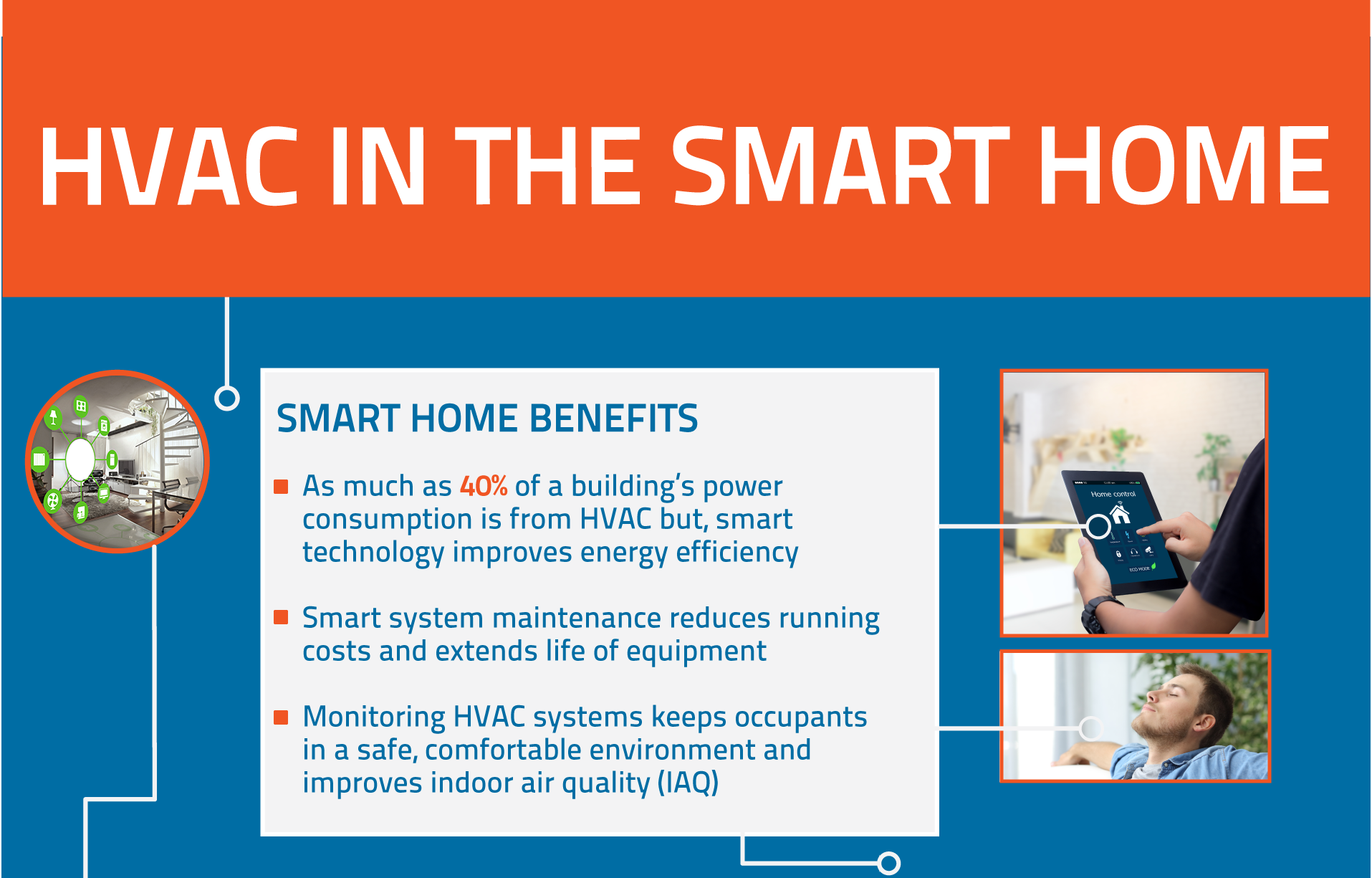Normal Mistakes To Prevent In The Setup Of Heat Pumps
Normal Mistakes To Prevent In The Setup Of Heat Pumps
Blog Article
Web Content By-Lykke Morris
When installing a heat pump, you have to steer clear of common mistakes that might threaten its efficiency. Neglecting https://commercialdryerventcleani84061.blue-blogs.com/38147607/maximize-your-heat-pump-s-efficiency-and-financial-savings-with-affordable-fixing-remedies-explore-means-to-acquire-the-perfect-balance might result in inadequacies and higher utility costs. Disregarding https://cleanleavesoutofgutters73951.webdesign96.com/31716859/maximize-your-heat-pump-s-efficiency-and-monetary-savings-with-affordable-repair-service-options-check-out-methods-to-obtain-the-excellent-equilibrium and sealing could result in energy wastage and stress on the device. Moreover, placing the outdoor system incorrectly may impact its performance. By staying clear of these errors, you can make sure optimal functioning and longevity of your heatpump system.
Improper Sizing of Heat Pump
When it concerns the installation of heatpump, among the most typical mistakes is poorly sizing the system for your room. Making certain the ideal size is vital for optimal efficiency. If the heatpump is as well small, it will battle to heat or cool your area effectively, causing enhanced power costs and potential wear and tear on the system.
On the other hand, if the heatpump is too huge, it will cycle on and off frequently, triggering temperature level variations and lowering its life-span.
To prevent this error, it's necessary to have an expert examine your space and recommend the proper size of the heatpump based upon variables like square video, insulation, ceiling height, and neighborhood environment. By spending the moment and initiative to guarantee the right sizing, you can enjoy a comfortable atmosphere while making the most of power efficiency and lengthening the life-span of your heat pump.
Inadequate Insulation and Sealing
To ensure the effective procedure of your heat pump, it's important to attend to insufficient insulation and securing in your space. Correct insulation helps keep a regular temperature level inside your home, reducing the workload on your heat pump. Inadequate insulation can lead to energy loss, making your heat pump work harder and much less successfully.
Securing any spaces or leakages in your space is just as important. https://www.cleanlink.com/news/article/4-Sustainability-Tips-For-Commercial-Facilities--27728 allow conditioned air to get away and outdoor air to leak in, compeling your heatpump to compensate for the temperature level fluctuations.
Wrong Placement of Outdoor System
Addressing the positioning of your heat pump's outside system is key to maximizing its performance. Setting up the outdoor device in a wrong place can cause efficiency concerns and potential damages to the system.
One typical mistake to stay clear of is putting the outside system too near to a wall surface or various other structures. This can limit air movement, causing the device to function tougher to warm or cool your room, eventually decreasing its effectiveness and life-span.
Another mistake to stay away from is putting the outdoor system in straight sunshine. While some sunshine is unavoidable, too much exposure can bring about overheating, specifically throughout hot summer days. air conditioning companies to place the outdoor device in a shaded area to help keep its optimal operating temperature.
Moreover, see to it that the exterior device is positioned on a steady and degree surface area. Uneven ground can cause vibrations and unnecessary strain on the device, influencing its efficiency with time.
Final thought
In conclusion, staying clear of typical mistakes throughout heatpump installation is vital for making the most of effectiveness and longevity of your system. By guaranteeing appropriate sizing, adequate insulation, sealing, and correct placement of the outdoor system, you can prevent issues such as ineffectiveness, boosted power costs, and pressure on the system. Taking the time to resolve these vital aspects will inevitably conserve you time and money in the future.
